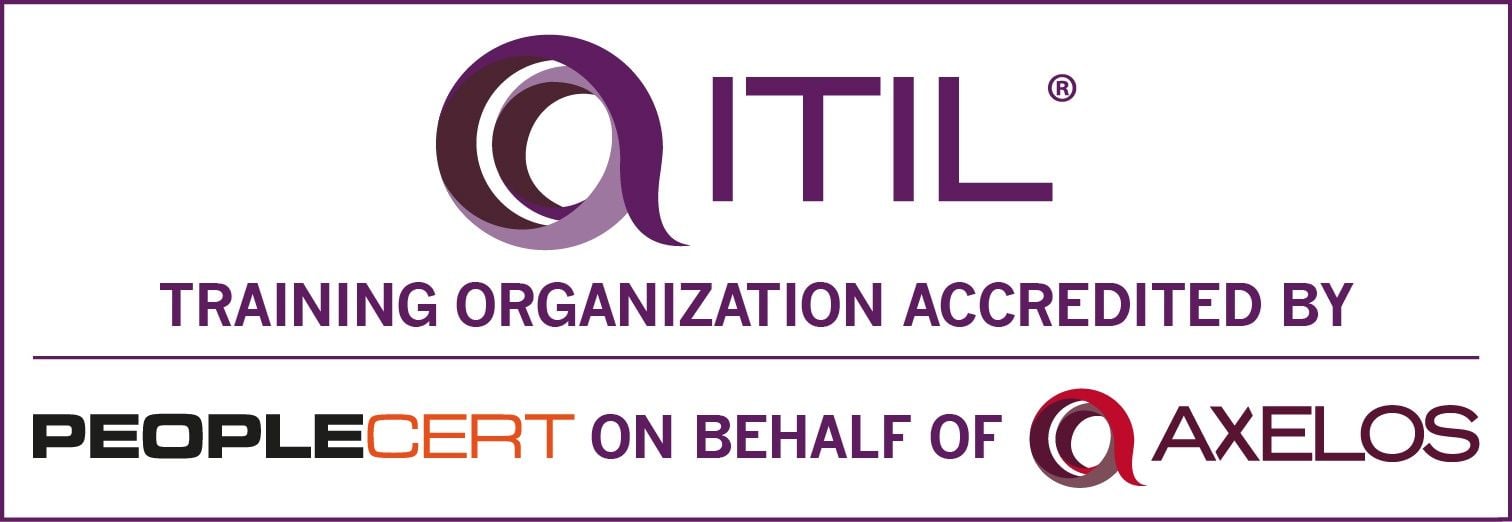How to Get Started on Implementing Shift-Left Strategies
In part 2 of this series on continuous improvement through a shift-left focus, here is an overview of beginning steps for implementing new efficiency strategies. Also included is a suggestion for initial goals to measure success once those strategies are implemented.
To read part 1 of this story on shift left strategy, please click here.
The guiding principle behind the shift-left strategy is to shift the resolution of the incident or fulfillment of the request to the most cost-effective level of support. Our mantra should be to assign the right work to the right people for the right reasons. Routinely, incidents are assigned to the more technical, expensive resources (Level-2 and Level-3). The shift-left strategy allows for the more expensive project resources (Level-2 & Level-3) to gain valuable time back so they can continue to spend quality time on implementing projects on time, within budget and in a quality manner.
The shift-left service strategy, with the focus on moving resolution closer to the customer, is the core strategy for Single Point of Contact Service Desks. It strongly positions the service organization to break the GroundHog Day plight of resolving the same old issues day after day and feeling powerless to attempt to resolve any underlying issue. The strategy drives the adoption of industry best practices suited for resolving at first contact - pushing to a self-service portal and working to eliminate the issue altogether via problem management.
The shift-left service strategy is more than just a means to lower the total cost of service and support; it has a rippling effect in also improving customer satisfaction, SLA adherence, and productivity while creating credibility and opportunities for trusted advisor consulting. Also, the strategy works to help identify and document reoccurring and repetitive issues, raising them as problems for further investigation and analysis with the hope of identifying the root cause and implementing a permanent solution. It is a big win for the service and support organization when they can measurably report that they eliminated issues & calls through problem management and root cause analysis (RCA).
To accomplish this successfully, we must begin by:
- Examining all reported issues, questions, and requests, and locating where they are ultimately resolved (Level-1, Level-2 or Level-3)
- Shifting resolution, answer, or fulfillment to the most efficient and cost-effective resources or channels
- Tracking percentage of resolved cases by resource and team, with a balanced perspective on cost, utilization and productivity, SLA, effectiveness, and customer satisfaction metrics.
- Calculating cost per contact or resolution by using a formula tied to the resource cost, number of transactions, and percentage of time dedicated to issue and request handling
To improve the delivery of IT services to the business, know why your customers are calling and what they are calling about before you begin a course for continuous improvement. Whether your initiatives are aimed at call deflection/call elimination, content authoring and knowledge adoption, training, or trend and impact reporting, your success will rely on your ability to perform category analysis.
This analysis depends on your ability to extract the call types from your call tracking, and incident management system. Actionable information will depend on the establishment of your call types, category codes or resolution codes, and how your service professionals truly categorize the call. An extra quality monitoring/assurance process (QA), complete with coaching, will assist in ensuring that you will know with confidence that your documented process, expectations, and training are yielding the desired operational results.
As a first-year goal, service organizations should adopt a call reduction/issue elimination strategy that aims at reducing the redundant and repetitive calls by 10% yearly. This effort will improve wait times and abandons, minimize the business impact of repetitive incidents and increase service desk availability so they can add new valued-added responsibilities to their scope of work without increasing headcount.
The shift-left service strategy will produce results and benefits for all stakeholders. The possibilities are limitless when the service leader takes accountable control for delivering end-to-end services to the business. Running the service desk as business within a business requires service leadership, business acumen, financial awareness, and the ability to build relationships. IT leaders must always sell and position the value of the shift-left service strategy to all IT and business executives and the service professionals who are looking to be challenged in their careers.

)
)
)
)
)
)
)
)
)
